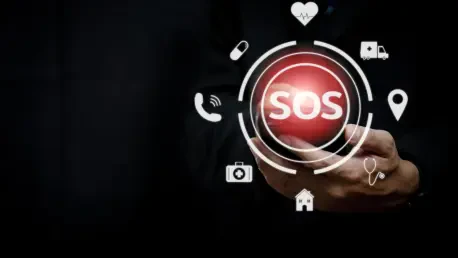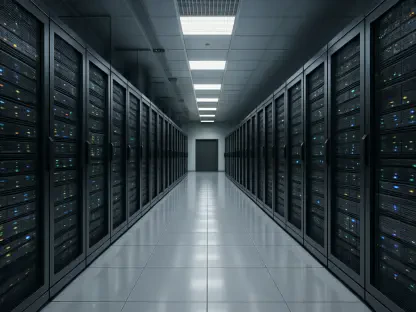Amidst the quiet serenity of Alaska’s rugged landscapes, a sudden windstorm awakens chaos. Widespread fires erupt, and an earthquake shakes the very core of Fairbanks, testing the limits of its emergency response systems. These calamities expose vulnerabilities in a region where isolation magnifies the impact of natural disasters. The drive for a more robust system becomes not just a necessity but a defining moment for Fairbanks.
Turning Toward Technology for Safety
In regions like Fairbanks, the unpredictability of nature poses significant risks to operational infrastructure. Past experiences with disasters revealed glaring weaknesses in traditional emergency systems, which often stumbled during power outages. For remote areas, having resilient emergency services isn’t just a luxury but an essential safeguard against isolation. The transition toward cloud technology is more than an upgrade—it represents a critical shift in safeguarding communities against the uncontrollable forces of nature.
Revolutionizing Communication with the Cloud
Cloud-based emergency systems are transformative, offering agility and reliability beyond traditional on-premises solutions. By adopting cloud services, Fairbanks has enhanced its ability to maintain operations during unforeseen power disruptions, providing critical support right when it’s needed most. Lessons drawn from Fairbanks and similar communities highlight how these systems can deliver seamless coordination and minimize outages, underscoring a broader trend in embracing advanced technologies for emergency services.
Voices from Fairbanks and Technology Experts
Local officials and technology partners like Amazon Web Services and CentralSquare Technologies share insights on this significant evolution. As one official noted, “Our ability to operate remotely during power outages is a game-changer.” Research corroborates these sentiments, illustrating improved response times and more efficient resource allocations since the cloud integration. The collaborative efforts and meticulous planning behind this transition reflect a committed stance on ensuring continuous public safety.
Building Resilience in Remote Regions
Integrating cloud technology into emergency frameworks involves a calculated approach—one tailored to the unique challenges of remote communities. Fairbanks, as a pioneer, considers additional strategies such as developing backup centers and utilizing satellite internet, reinforcing its commitment to resilient systems. For other isolated regions aiming to enhance emergency response capacities, the path laid by Fairbanks offers a valuable guide: innovation, careful planning, and leveraging technology for resilience are key to overcoming geographical and infrastructural hurdles.
Concluding Reflections on Future Preparedness
Reflecting on Fairbanks’ journey toward improved emergency response reveals decisive steps in transforming community safety. By migrating to cloud technology, Fairbanks not only bolstered its defenses against natural disruptions but also provided a model for other regions seeking to fortify their services. As the community looked ahead, the adoption of robust technology promised to further secure safety and continuity in unforeseen times, paving the way for a safer, more prepared future.









